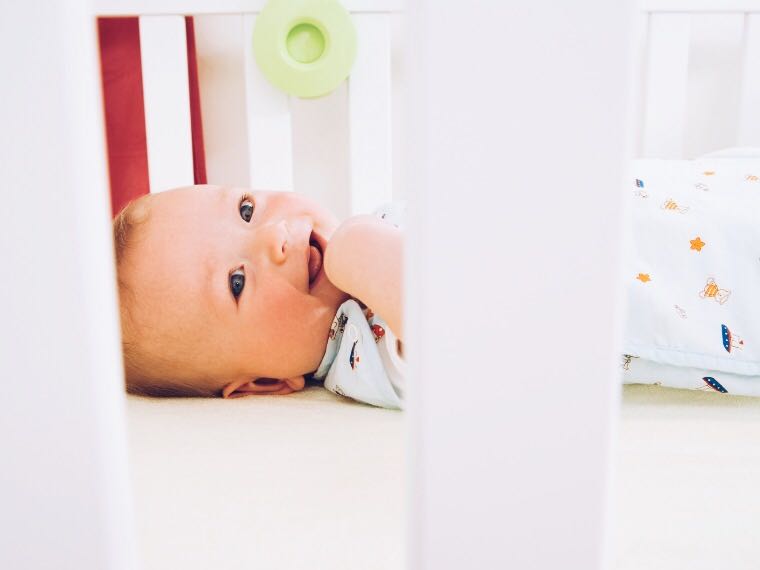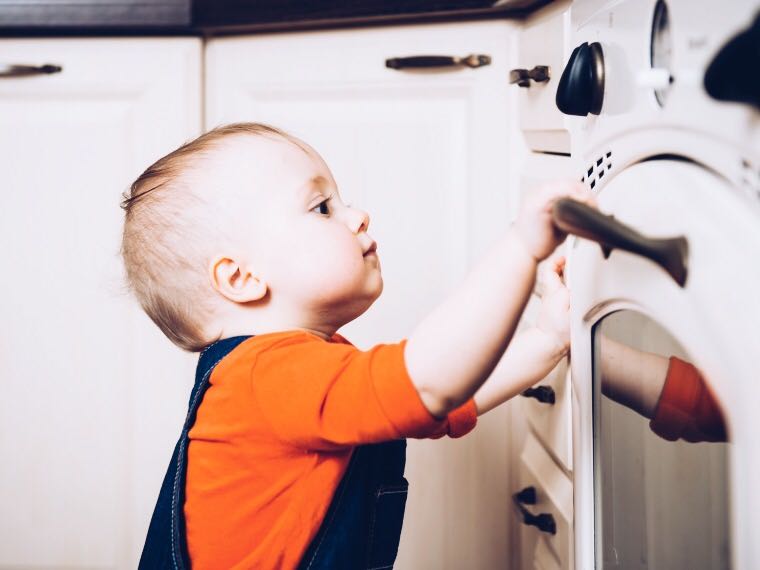Household Hazards for Children
July 1, 2019 | by BMI Staff
More than a third of child injuries and deaths happen at home, according to KidsHealth.org. Protect your child from these common household hazards.
In the Kitchen
- Knives: Even if you store knives safely and out of reach, the dishwasher keeps your utensils much closer to the ground. When loading the dishwasher, place utensils upside down to avoid injury.
- Cleaners: If your cleaning supplies are stored in a cabinet near the floor, secure the doors with a child-protective lock. The dishwasher can also play a role in this danger if detergent is added to the load too soon. Detergent is highly corrosive, so keeping it away from curious children is imperative.
- Stoves: House fires are most commonly caused by cooking equipment, and children aged 14 and under are the most at-risk group for obtaining burn injuries from ovens and stovetops. Never leave cooking food unattended, and make sure your children know the danger of hot surfaces.
In the Living Room
- Falls: Falls are of the top most common household injuries that can lead to serious injuries. Keep children away from stairs with a wall-anchored baby gate. Cluttered entryways, hallways, and front steps are an unnecessary risk for all family members. Make sure children know the risk of leaving toys in walkways.
- Cords: Lift cords on blinds and appliances are a serious and avoidable danger to young children. Window blinds alone have been responsible for nearly 300 casualties since the 1990’s. Keep appliance cords out of reach with a cord cover, and never leave the vacuum cord unwrapped when not in use. Prevent lift cord accidents by purchasing cordless window coverings and by keeping them out of reach by keeping furniture away from the windows.
- Candles: Keep flames out of reach of children and pets, and never leave a lit candle in a room unattended.
In the Bedroom
- Cribs: The place where babies spend most of their time should be the safest, but there is a lot of misinformation surrounding the safest crib practices. In order to avoid SIDS and keep your baby healthy during sleep, forego plush toys and soft bedding. All of these things pose a hazard for infants, as they can easily suffocate. Additionally, stay away from crib bumpers for the same reason. Read this long list of crib safety standards for even more information.
- Bookshelves: 14,700 injuries resulting from tipped-over furniture occur each year in the U.S. Anchor large furniture to the wall to avoid childhood injury using these steps.
- Toys: 217,000 children are injured by toys each year in the U.S. Keep an eye on the various toxins used in the manufacturing of childrens’ toys, such as these. Make sure to purchase the right size of toy for the age of your child, avoiding choking hazards. Find a full list of age-appropriate toys here.
In the Bathroom
- Bathtubs: Bathtubs are the cause of 87 drownings each year in the U.S. Never leave a child unattended in the bathtub. All it takes is a second for a child to slip and fall under the water. Experts have varying opinions regarding the age children are mature enough to bathe alone, but it is typically between 4 and 6, depending on personal maturity level.
- Slips: Falls at home happen most often on the stairs and in the shower. Line the floor of your bathtub with an adhesive, non-slip mat. This will help prevent shower injuries for all family members.
- Medicine cabinets: Make sure to keep all medications out of reach and in childproof containers. Keep medicine out of coat pockets and purses, as these are much more available to kids; advise guests to do the same. Keep the poison control center helpline handy: 1-800-222-1222.









